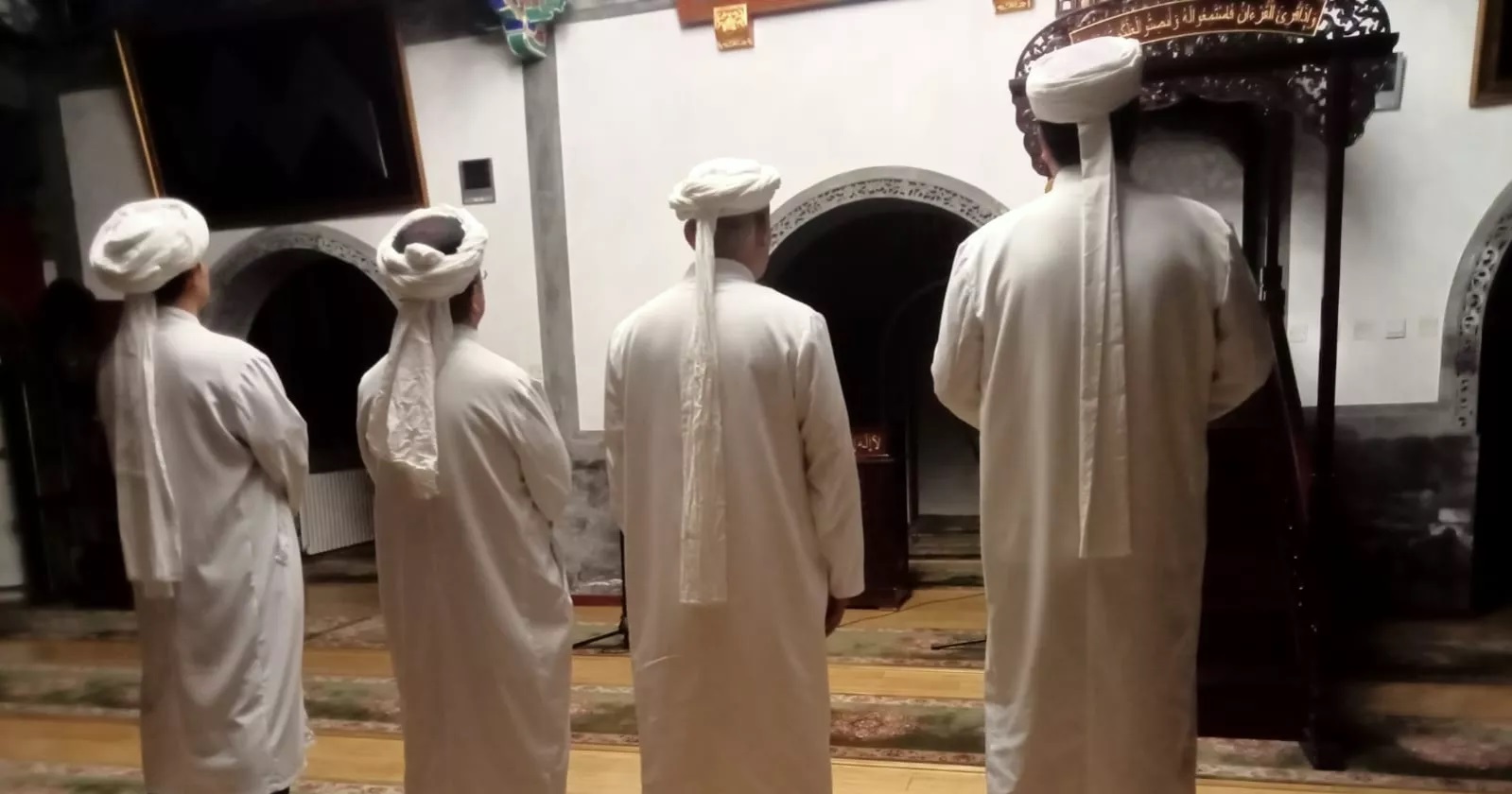How Muslims celebrate Eid in China


Eid-ul-Azha, one of the two major Islamic festivals, is celebrated by Chinese Muslims with religious devotion, cultural tradition and community spirit as elsewhere in the world.
As the Muslim community in China prepares to mark Eid-ul-Azha on Friday (June 6), millions of Chinese Muslims will observe the festival with dedication and joy.
Celebrated across diverse regions—from the Hui-majority areas in Ningxia and Gansu to Uighur communities in Xinjiang—Eid in China reflects a rich tapestry of religious rituals and cultural customs.
According to Wikipedia, China is home to an estimated 17–25 million Muslims, comprising less than 2 percent of the total population.
Hui Muslims are the most numerous group nationwide.
The greatest concentration of Muslims resides in northwestern China's Xinjiang autonomous region, which has a significant Uyghur population.
This geographic and cultural diversity influences how Eid is celebrated across different communities.
The Muslim population in Beijing is smaller compared to many other provinces.
Muslims in the city also celebrate Eid with a festive mood.
The day begins with prayers held in mosques nationwide.
Speaking to UNB, one of the imams of a mosque situated in Dongcheng, Beijing, said they will offer the Eid-ul-Azha prayer at 8 am on Friday.
“These special Eid Salah (prayer) sessions often draw large congregations, with sermons emphasising themes of sacrifice, gratitude, and unity.
For many Muslims, the prayer is an opportunity to reaffirm faith and seek blessings for their families and communities,” he added.
He said after offering prayer, they will slaughter sacrificial animals, hoping to receive blessings from the Almighty.
Md Ataur Rahman Sobuj, a Bangladeshi living in Beijing for several years, said, “We Bangladeshis usually offer Eid prayers at the Eidgah, but Chinese Muslims perform their Eid prayers at mosques instead.”
He said there are about 65 mosques in Beijing and one can offer prayer at any of them without restrictions or hassles.
The Niujie Mosque, which is the oldest in Beijing, covers an area of approximately 10,000 square metres. Its main prayer hall is 600 square metres and can accommodate more than 1,000 worshippers.
Niujie Mosque made the initial decision, which was then followed by the other mosques in Beijing, Sobuj added.
“Niujie is a famous Muslim community known for its halal food, attracting both Muslims and non-Muslims who come to enjoy its vibrant street cuisine.”
When asked how he plans to celebrate Eid this year, Sobuj said, “I received an invitation from one of my Chinese friends, and I plan to visit his home and celebrate with him.”
In response to a question about Eid celebrations, a Chinese girl named Mae said she is not very familiar with Muslim Eid traditions.
“All I know is that in some places where ethnic groups related to this culture live—especially in the Ningxia Hui Autonomous Region—the local government often issues a holiday or holidays that last one or several days,” she added.
A central aspect of Eid-ul-Azha is the Qurbani—the sacrifice of livestock such as sheep, goats or cattle.
Families participate in this ritual, symbolising Prophet Ibrahim’s willingness to sacrifice his son in obedience to God.
The meat from the sacrifice is divided into three parts: one for the family, one for relatives and friends, and one for the less fortunate. Distributing meat to the needy exemplifies the spirit of charity that underpins the festival.
Following the religious rites, families gather for festive meals featuring traditional dishes.
In Uighur communities, lamb and pilaf are popular.
Hui Muslims might enjoy a variety of savoury pastries and meat dishes.
These gatherings strengthen bonds among families and neighbours, fostering a sense of community and shared celebration.
In Beijing, there are also some designated places where Muslims slaughter their sacrificial animals.
Those who do not slaughter animals often celebrate by visiting restaurants to enjoy festive meals. In Beijing, several Indian and Bangladeshi restaurants offer special Eid-ul-Azha buffet lunches and dinners featuring Qurbani beef or mutton.
Many communities organise cultural performances, music and folk dances that highlight their unique heritage.
What are the Hajj pilgrimage and Eid al-Adha? Why are they important to muslims?
Markets and street stalls come alive with vendors selling festive foods, traditional attire and religious artefacts, creating vibrant scenes of celebration.
Eid in China is a reflection of the resilience and cultural identity of Chinese Muslim communities.
It serves as a time to reinforce faith, celebrate cultural traditions and strengthen communal bonds amid a diverse societal landscape.
